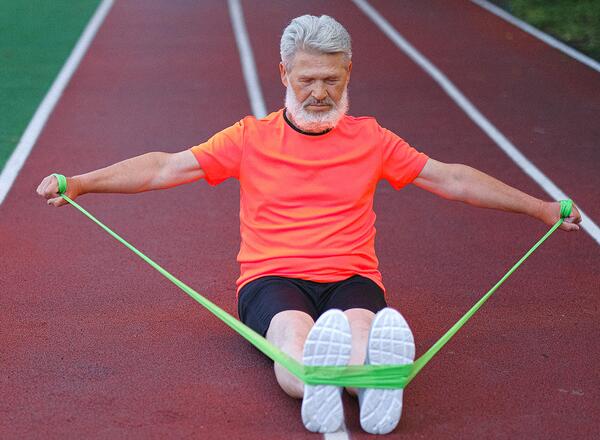
Exercise is important for controlling your blood glucose level if you have diabetes. It can also help you lose or maintain healthy body weight whether or not you have diabetes. Exercise will increase your energy level. It will also reduce your risk for heart disease and diabetes. You'll just feel better!
There are three types of exercise.
- Aerobic exercise. This type increases your heart and breathing rates. It also works your muscles. Examples of aerobic exercise include inline skating, biking, running, laser tag, basketball, soccer, and jumping rope.
- Strength exercises. These help to build strong bones and muscles. This makes every day tasks easier. Strength exercises increase the number of calories you burn even when you are resting.
- Flexibility or stretching exercises. These help keep your joints flexible. They reduce your chances of injury during aerobic exercise.
Remember to check with your doctor and parent(s) or guardian before beginning any exercise program. A variety of exercises is important for all individuals.
